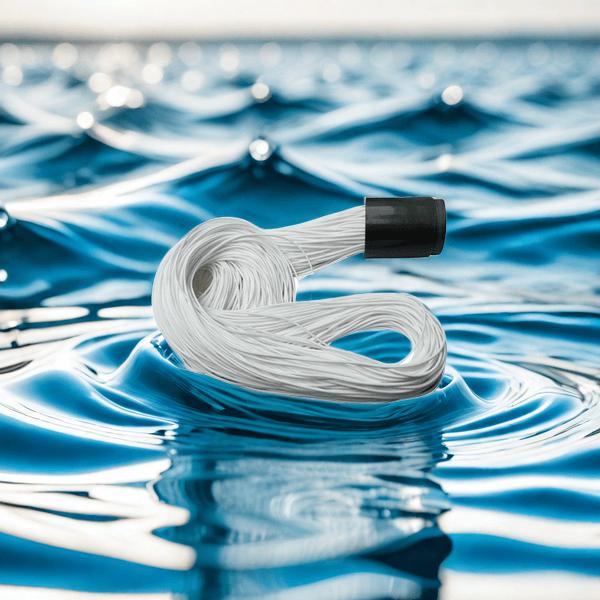What are the advantages of MABR membrane compared with traditional sewage treatment methods?
Compared with traditional sewage treatment methods, MABR membrane technology has the following main advantages:
1. Efficient oxygen supply: MABR membrane has excellent oxygen permeation and transmission performance. Oxygen can be directly transmitted to the microorganisms attached to the membrane surface without passing through the liquid phase boundary layer, which greatly improves the oxygen supply speed and the utilization rate of oxygen by microorganisms.
2.Energy saving and emission reduction: Compared with traditional activated sludge systems, the energy consumption of MABR process can be reduced by more than 75%, which has a great advantage in reducing operating costs.
3. Small covering area: MABR membrane has a high specific surface area, which can effectively retain the specific microorganisms required for sewage treatment and greatly reduce the volume of the reactor.

4. High treatment efficiency: The biofilm formed on the MABR membrane has anaerobic, facultative anaerobic and aerobic bacterial layers at the same time, which can simultaneously achieve nitrification and denitrification, and efficiently degrade COD, BOD, ammonia nitrogen and total phosphorus.
5. The effluent quality is stable: Since the MABR membrane has a highly efficient separation effect, the effluent quality after treatment is excellent and stable.
6. Easy to transform: MABR membrane components can be directly installed in existing biochemical pools, with little impact on existing equipment and operating systems. They are simple to construct and easy to install, making them convenient for upgrading sewage treatment plants.
7. Stable operation: MABR membrane material has super hydrophobic properties, which can prevent water wetting and leakage, ensuring long-term stable operation.
In general, MABR membrane technology has obvious advantages in treatment efficiency, energy consumption, land occupation, effluent quality, etc., and is a very promising new sewage treatment technology.
